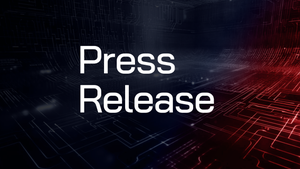Cybersecurity Operations
More Topics
A ring doorbell camera in front of a house beside the front door 
Cyber Risk
FTC Issues $5.6M in Refunds to Customers After Ring Privacy SettlementFTC Issues $5.6M in Refunds to Customers After Ring Privacy Settlement
The refunds will be made to individual affected customers through thousands of PayPal payments, available to be redeemed for a limited time.
Keep up with the latest cybersecurity threats, newly discovered vulnerabilities, data breach information, and emerging trends. Delivered daily or weekly right to your email inbox.







.jpeg?width=100&auto=webp&quality=80&disable=upscale)






.jpg?width=100&auto=webp&quality=80&disable=upscale)



























